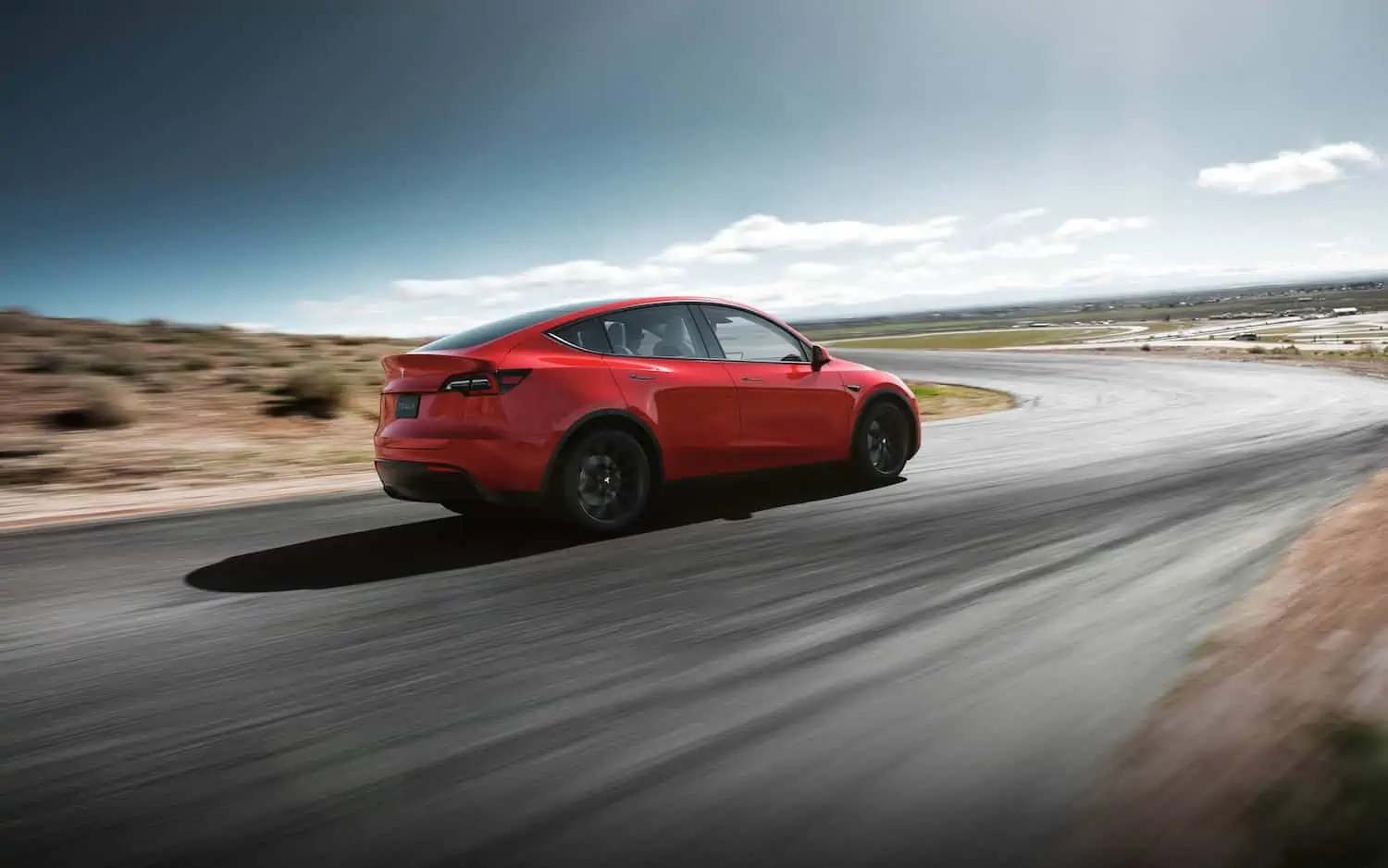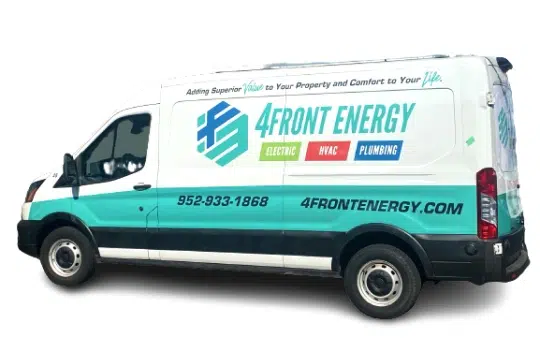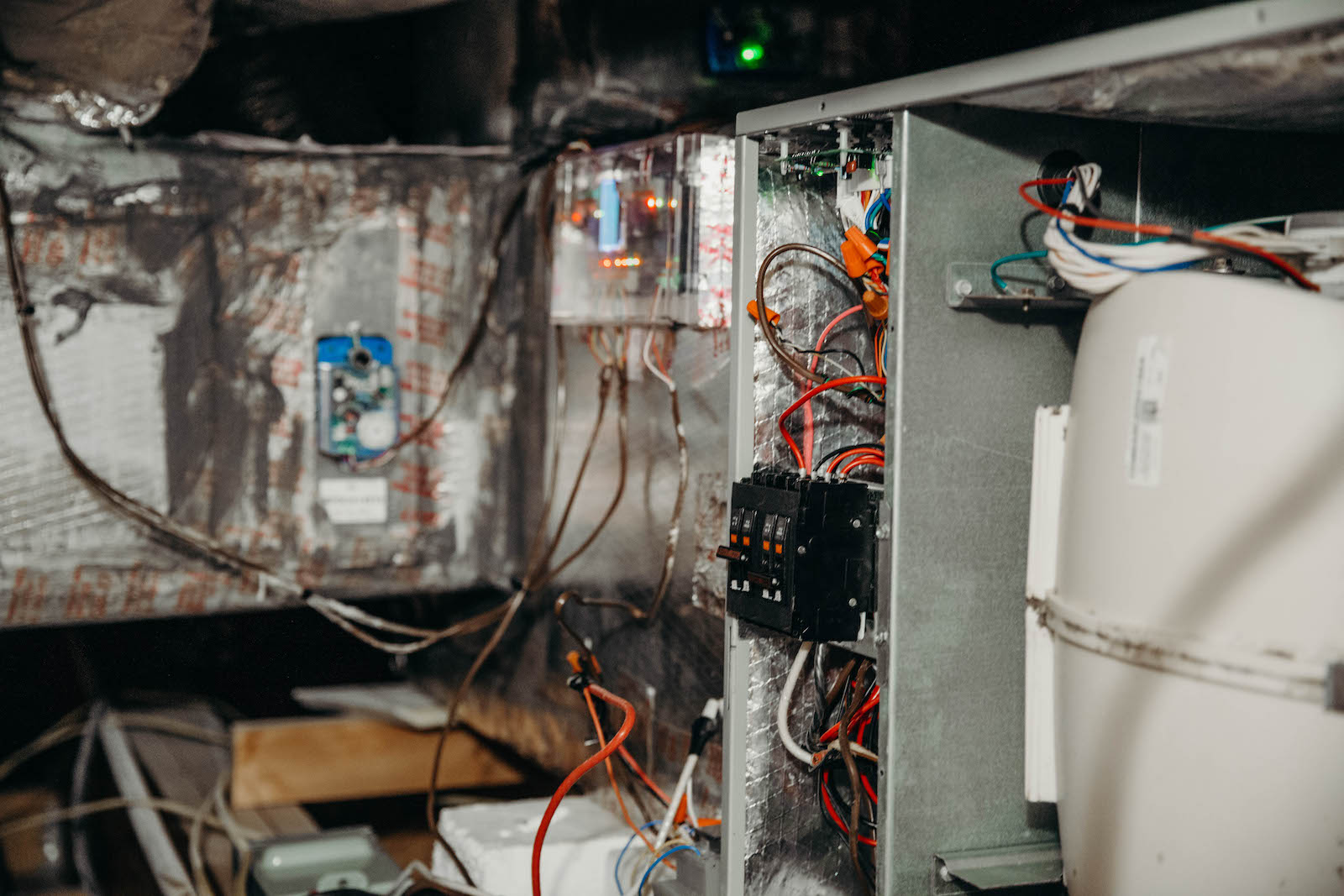What Is Regenerative Braking? (Everything You Need To Know)

In the olden days, when everyone drove an internal combustion engine (aka a standard vehicle that is powered by burning gasoline or other fuel), all of the kinetic energy that came with braking disappeared into the environment. But now that we’ve grown more curious, some impressively smart people have developed a better way to hit the brakes.
That “better way” is called regenerative braking. But what is regenerative braking, and how does it work? We’ll be answering those questions and more below.
What Is Regenerative Braking & How Does It Work?
Regenerative braking was first invented in 1967 when the American Motor Car Company (commonly referred to as American Motors) created an electrical regenerative brake for their conceptualized electric car. However, Toyota was the first car manufacturer to commercialize regenerative braking systems (RBS) with the Toyota Prius. The Prius was the world’s first mass-market hybrid car and was introduced in the US in July of 2000.
Regenerative braking systems work with hybrid and full-electric vehicles (EVs). And nowadays, this isn’t limited to only cars. Other electric vehicles use regenerative braking, including:
Electric bicycles 🚲
Electric scooters 🛵
Electric skateboards 🛹
Electric railway vehicles 🚉

To understand what regenerative braking is, we must first understand what it is not. For reference, vehicles that solely run on traditional fuel methods use brakes that are friction-based. When you step on a conventional brake pedal, the brake pads and discs create friction, and that friction creates kinetic energy.
These brakes convert the kinetic energy of the vehicle into wasted heat when decelerating the car. That energy simply disappears, is lost to the environment, and cannot be reused.
But for hybrid and full-electric vehicles that use RBS, regenerative braking uses the electric vehicle’s motor as a generator to convert a lot of that kinetic energy from deceleration back into stored energy in the vehicle’s battery.
The next time the car accelerates, it can use most of the energy stored from regenerative braking rather than tapping into its energy reserves.
A regenerative braking system is a two-way street. The vehicle’s motor drives the wheels during acceleration or cruising, but the wheels drive the motor during deceleration. Regenerative energy is created in two instances:
The driver applies the brake pedal
The driver releases the accelerator pedal, allowing the vehicle to coast
Regenerative braking is pretty magical— it simultaneously slows the vehicle down as needed and recharges the battery for a better electric driving range. The amount of regenerative energy created depends on the level of braking force. The stronger the braking force, the stronger the electrical current. A longer duration of braking also generates more energy.
How Does Regenerative Braking Provide Electricity Back to the Vehicle?
In order to feed the energy back into the EV’s battery, the process that drives the car forward is essentially reversed. Electrical energy from the car’s battery turns into mechanical energy that spins the wheels.
With regenerative braking, the energy from the spinning wheels is used to reverse the direction of electricity— from the motor to the battery. Removing your foot from the accelerator activates the electric generator in your electric motor.
Does It Feel Different to Use Regenerative Braking?
You may not be thinking about how it feels to use regenerative braking, but it is something to consider. If you’re used to conventional braking, an RBS will probably feel quite different. However, most electric cars allow you to tailor the experience to your preference.
You can set your RBS to the maximum setting in order to store as much lost energy as possible, but you’ll probably feel a sensation of the car braking itself, which some people do not enjoy. If you don’t like how the braking feels, you can turn off the setting.
In many electric cars, lifting your foot off the accelerator pedal feels like you’re firmly pushing the brake pedal. In order to adjust to this sensation, switch to a method called “one-pedal driving,” where you modify your right foot to slow down and speed up on the accelerator pedal, rather than switching between the accelerator and the brake.
Even still, some EV models have a regenerative force that isn’t very strong. Regardless, regenerative braking usually feels much different than conventional brake pedals, so it takes some getting used to. Don’t immediately hop into rush hour traffic the first time you use regenerative braking! Get the feel for it in an empty parking lot or quiet country road first.
How Well Does It Work?
The concept of regenerative braking is pretty cool, right? But how well does it actually work? Let’s take a look at the efficiency and effectiveness of regenerative braking systems.
Efficiency
All transfers of energy inevitably lose heat, noise, light, or other energy, so no machine can be perfectly efficient.
Regenerative brakes usually lose 10-20% of the energy from braking.
The car loses another 10-20% when converting the energy back into acceleration.
This means most hybrid or electric vehicles have 60-70% efficiency with their regenerative braking systems. This percentage is pretty consistent across all types of electric vehicles.
It’s important to note that a 65% efficiency does not mean regenerative braking will add a 65% increase to your car’s range. Instead, it simply means that 65% of the kinetic energy lost during braking can be used for acceleration, placing less strain on your car’s battery.

Effectiveness
Looking closer at the effectiveness of regenerative braking means seeing how much it can increase your car’s driving range. We know that “it depends” is a boring answer, but the increase of range really does depend on details like:
Vehicle size
Vehicle model
Driving conditions
Terrain
Regenerative braking is far more effective in city driving with stop-and-go traffic rather than smooth-sailing on a highway. This is because the more you brake, the more energy you’ll capture.
Similarly, driving uphill won’t generate a lot of recycled energy because you rarely use the brake. But driving downhill will regenerate a much larger amount of energy thanks to the long braking periods.
Larger vehicles are heavier and have more momentum and kinetic energy, which reaps more regenerative energy. For example, an electric car will experience a longer driving range from regenerative braking than an electric scooter.
Overall, EVs can recapture between 15-30% of their energy, which equates to the same increase in range. (The low end is 10%, and the high end is 50%.) For example, an EV with a 100-mile driving range could experience a 120-mile driving range with 20% effectiveness.
Pros and Cons of Regenerative Braking
Lastly, let’s clearly outline the advantages and disadvantages of regenerative braking so you can decide if it’s something you want to try.
✅ Pros of Regenerative Braking
Rotors and Brake Pads Can Last Longer: Hybrid and electric vehicles also come with conventional hydraulic brakes, so you don’t need to rely on brake regeneration. However, since regenerative braking does most of the work itself to slow down the car, brake pads and rotors are used far less frequently. This helps them last longer and helps the owner save on maintenance costs.
Better Fuel Efficiency for Hybrid Vehicles: Regenerative braking helps keep the battery charged, so drivers don’t have to rely on the conventional engine as often. This helps reduce the need for gasoline and saves money.
Possible Extended Range for Electric Vehicles: Fully electric vehicles can experience extended range thanks to regenerative braking. When more driving range gets added during a trip, that lessens the amount of time required to stop at a charging station. This is very helpful on longer road trips where charging stations are more spread out.
❌ Cons of Regenerative Braking
Less Effective at Lower Speeds: When your vehicle has less kinetic energy and requires less braking force at lower speeds, you won’t regenerate as much energy. Plus, if you mainly use your EV for highway driving, you won’t reap as many benefits.
Brake Pedal Feels Different: As we discussed earlier, regenerative braking feels much different than conventional braking. This takes getting used to, and some people simply don’t enjoy the different sensation. (Thankfully, newer models have more responsive brake pedals that don’t have such a drastic difference.)
Less Stopping Power: Regenerative brakes perform great in most scenarios where you gradually come to a stop. But if you ever have to slam on your brakes to avoid an accident, you likely have to press harder on a hybrid or EV brake to achieve the same result. Thankfully, this is also improving with newer models.
Considering Making the Switch to an Electric Vehicle?
Regenerative braking is a pretty neat process that’s exclusive to hybrid and electric vehicles. A regenerative braking system helps reduce energy waste in addition to the overall fuel reduction that occurs with EVs.
There are many reasons to switch from conventional vehicles to electric vehicles. If you’re ready to make the switch, reach out to 4Front Energy.
We’re Minnesota’s preferred installer of EV charging stations at homes and businesses across the state. Whether you need a charging station in your garage or in your company’s parking lot, we make the process easy.
Reach out today for a free consultation!
Request Service

Why Choose 4Front Energy?
We’re a Service Company, Not a Sales Company
- Licensed, bonded & insured contractor
- Trusted Twin Cities service provider for nearly 30 years
- Reliable service excellence
- One number for electric, HVAC, and plumbing
- Stand behind our work with integrity
- Fair and straightforward pricing
- Provide invaluable comfort and integrated efficiency
- Technicians that take pride in their work



